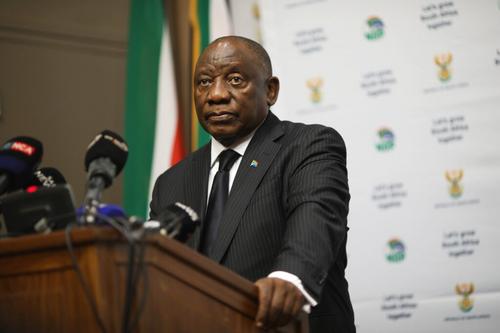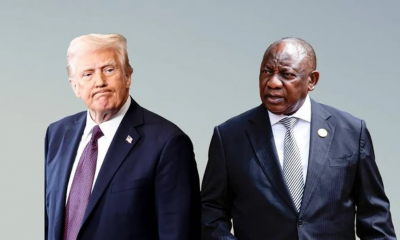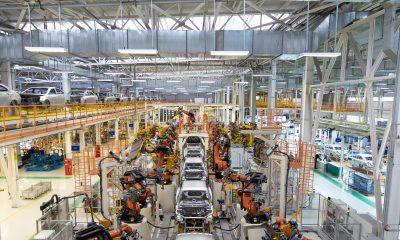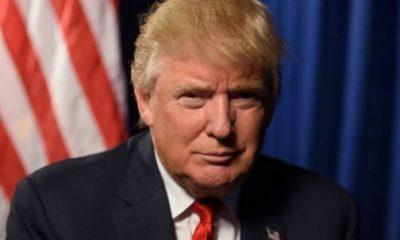Business
Ramaphosa Charts a New Trade Path as US Tariff Shock Hits South Africa

President Cyril Ramaphosa has responded to growing uncertainty in global trade, particularly after new US tariffs hit South Africa and several other countries this month. Speaking after US President Donald Trump’s surprise tariff announcement, Ramaphosa acknowledged the damage such “unilateral and coercive measures” could have on South Africa’s economy—but says the country is not standing still.
On 5 April, the United States imposed a 10% global tariff on imports, with the threat of escalating this to as much as 50% for countries with significant trade imbalances. South Africa was hit with a 31% tariff—though it has been temporarily suspended for 90 days.
While South Africa’s gold and minerals remain largely exempt, key sectors like agriculture and automotive manufacturing—which together employ over 1 million South Africans—are now at risk. And with the African Growth and Opportunity Act (AGOA) under threat, South Africa is bracing for a rough trade season.
“South Africa is vulnerable to these kinds of disruptions,” Ramaphosa said, “but we are actively building resilience and finding new partners.”
Building a Resilient Trade Strategy
Ramaphosa laid out a clear vision for reducing the country’s reliance on any single market. He said South Africa is:
-
Diversifying export markets to reduce exposure to global shocks
-
Boosting domestic production to strengthen local value chains
-
Unlocking new export destinations for agriculture and manufacturing
-
Investing in strategic industries with targeted government support
Among the most promising developments is the country’s deeper engagement with the African Continental Free Trade Area (AfCFTA), which opens up access to a massive, unified African market.
New Export Markets and Partnerships
Ramaphosa listed recent trade wins that are already bearing fruit:
-
Access to Thailand for South African apples—after 16 years
-
New avocado exports to Japan
-
Expanded meat exports to Saudi Arabia
-
Fresh trade agreements to export grapes to the Philippines
South Africa also recently signed a R90 billion trade and investment package with the European Union, aimed at increasing the reach of SA-made products in Europe.
“We are strengthening trade where we already have agreements, like with SADC and SACU,” said Ramaphosa. “But we’re also looking far beyond that.”
Local Investment Is Key
In addition to branching out globally, Ramaphosa said government is investing heavily in South African industries. The 2025 Budget includes increased funding for:
-
Manufacturing
-
Agro-processing
-
Export incentives for local producers
The goal is not just to weather the current storm but to make South Africa a more competitive player in international trade—starting with increased support for “Made in SA” products.
A Global Advocate for Fair Trade
Ramaphosa made it clear that South Africa is not abandoning the global trade system. Instead, it will continue to advocate for fair, rules-based trade, especially for developing nations often locked into the lower end of global value chains.
“Trade must be predictable and governed by shared rules,” he said. “Only then can developing economies truly thrive.”
Final Thoughts
South Africa’s response to the US trade shake-up is not about retaliation—it’s about reinvention. By investing in local industry, diversifying exports, and building new trade alliances, President Ramaphosa hopes to turn global uncertainty into opportunity.
As the countdown to the 90-day tariff deadline continues, all eyes will be on how well this strategy holds.
{Source: BusinessTech}
Follow Joburg ETC on Facebook, Twitter , TikTok and Instagram
For more News in Johannesburg, visit joburgetc.com


























